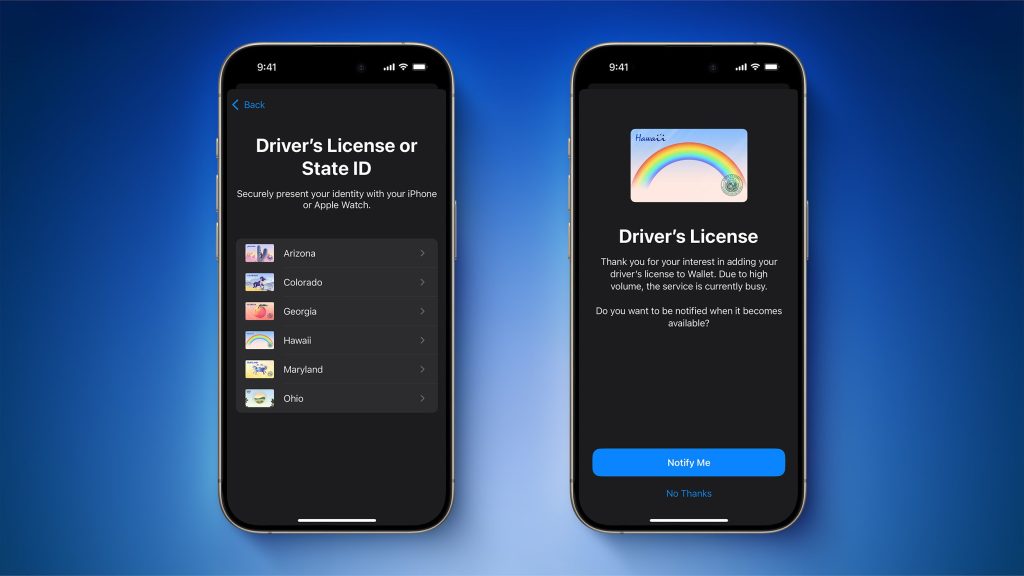Apple’s iPhone has already replaced your wallet, keys, and flight tickets. Now in Utah, it is beginning to replace your driving license in a new pilot project.
What is happening?
The state is working on a mobile driving license (mDL) using a combination of technologies including NFC and QR codes as digital proof of ID. Holders of the license will be able to choose what personal information is displayed when the QR code is read, or NFC terminal tapped. This can be used in any situation in which you might be expected to present your driving license, including restaurants and bars.
Bluetooth verification is expected in the future.
The license will be made available to a limited number of people for a pilot program in June. Utah isn’t unique, by the way. The UK Driving Vehicle License Authority apparently began developing its own digital driving license in 2017.
What about compliance?
The Utah license complies with an ISO mobile ID standard. It has also been developed within guidelines developed by the American Association of Motor Vehicle Administrators. It is being piloted within the GET Mobile ID app, which is available for iOS 12 or above. (For Android, GetMobile recommends Android 10 or later.)
There are some useful advantages. If you change your name, address, or license information the changes will automatically be pushed to your digital license — or should be.
The one obvious problem? If your iPhone runs out of power and you don’t have the paper version of your driving license with you, or your device is stolen, you’re going to need backup.
“Carrying your physical document as backup is always a good idea, especially while the number of business accepting mobile documents is growing,” the mobile ID group says.
GETID says this deployment resists tracking, protects privacy, and has security protections. To use the app, you must enter a PIN code, use FaceID, or a fingerprint. You can also remotely wipe your device.
Beyond driving licenses
Apple exec Eddy Cue told us that replacing passports was one of the company’s ambitions back in 2015. An Apple patent published in 2018 described a system to take and securely store ID information from the RFID chip on passports.
Since then, we’ve seen some movement across governments to weave identity into iPhones, culminating in the current press toward use of smartphones as “COVID-19 passports.”
While not everyone is comfortable with the idea of this additional layer of ID, what’s interesting is how stakeholders are approaching the challenge. For example, the International Air Transport Association (IATA) is developing its own Apple-friendly COVID-19 passporting system.
Scheduled for partial introduction on Virgin Atlantic’s London-to-Barbados route this month, it will integrate vaccination and testing status and advice, and will also hold a secure digital version of a traveller’s passport on the device.
Up next
While all these systems will likely require voyagers continue to carry their conventional passports along with their digital ID, the momentum is hard to ignore.
It’s a journey in which the significance of the identification carried by mobile devices continues to increase. These devices, which have already replaced so many things — and dozens of items of office equipment — are slowly but surely replacing other forms of digital identity.
The fact that digital devices are becoming critical to digital identities should act as a red flag for security and privacy advocates.
When our smartphones carry more information about us than we keep in our offices and homes it becomes essential to protect the contents of these devices to prevent identity theft. This is going to require a great amount of regulatory and logistical work before it becomes as widely accepted as Apple Pay.
That’s why most iPhone users won’t be leaving their physical passport or driver’s license behind for the time being.
Credit//computerworld.com










